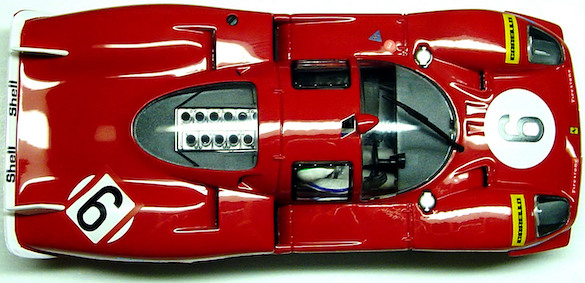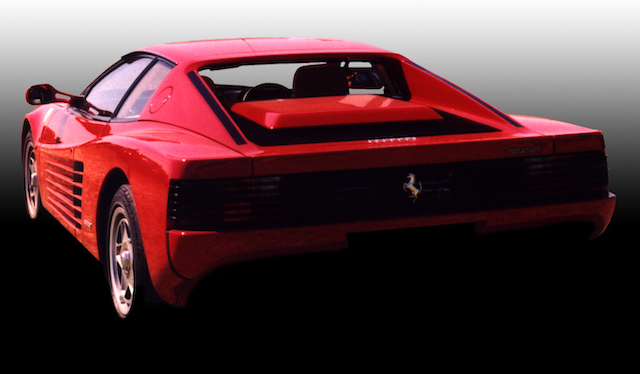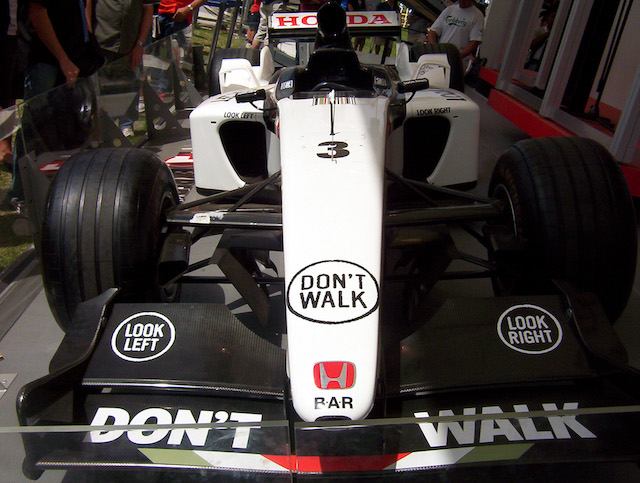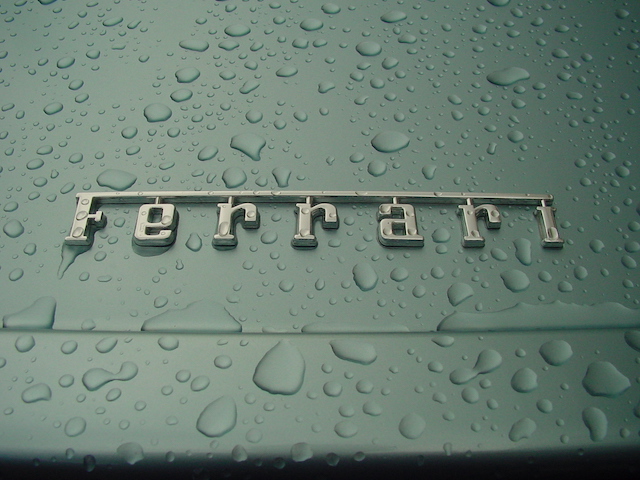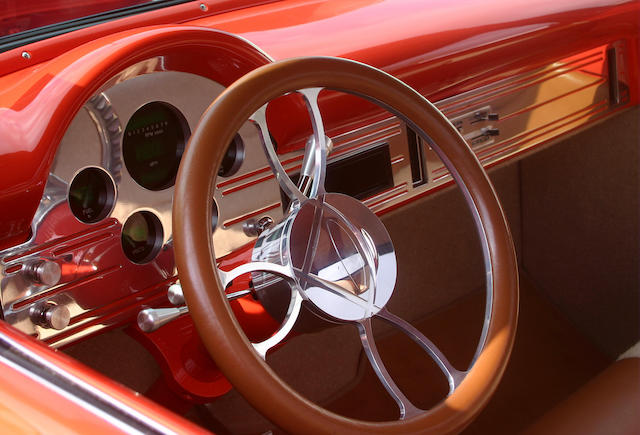Exploring The Le Mans Race Car
The Le Mans race car is the most iconic vehicle in the world of motorsport. These cars can go through the most demanding endurance race on the planet. The event initially occurred in 1923, making it the oldest active endurance race. The race pushes both the cars and drivers to their absolute limits, making the design and technology of the Le Mans race car truly remarkable.
What makes the Le Mans race car special?
Le Mans race car is unique in their design and performance. These cars are engineered for speed, endurance, and aerodynamics. Unlike race cars, Le Mans cars must maintain peak performance over 24 hours, requiring incredible reliability and stamina. This combination of speed and endurance makes the Le Mans race car stand out among other types of racing vehicles.
The race itself consists of multiple classes of cars, including LMP1 and GTE. Each class has specific rules regarding car specifications, but all Le Mans cars must meet stringent requirements for safety, weight, and fuel efficiency. These standards ensure that the cars are capable of withstanding the gruelling race conditions while providing thrilling competition for fans.
The evolution of the Le Mans race car
The Le Mans race car has evolved significantly over the decades. In the early years of the race, vehicles were primarily modified versions of production cars. As technology advanced, so did the cars. The introduction of prototypes allowed for faster speeds, more efficient fuel consumption, and greater overall reliability.
In the 1980s and 1990s, manufacturers like Audi and Porsche began to dominate the event with their technologically advanced prototypes. These cars featured cutting-edge engineering, including turbocharged engines, advanced aerodynamics, and sophisticated electronics. With each passing year, the Le Mans race car continued to push the boundaries of what was possible in automotive performance.
Le Mans Prototype 1 (LMP1) cars
LMP1 cars are the top tier of the Le Mans race car categories. These vehicles are purpose-built for endurance racing and are not based on production cars. LMP1 cars are known for their lightweight construction, powerful engines, and advanced suspension systems. They are designed to perform at extremely high speeds while maintaining the durability necessary to complete the 24-hour race.
These cars often feature hybrid technology, combining traditional combustion engines with electric motors to boost performance and fuel efficiency. The hybrid systems allow LMP1 cars to generate more power while reducing fuel consumption, making them more competitive in long races like Le Mans.
Aerodynamics
Aerodynamics plays a crucial role in the design of the Le Mans race car. Given the high speeds and long durations of the 24-hour race, reducing drag and maximizing downforce are key factors. Le Mans cars are equipped with sophisticated bodywork that enhances their aerodynamic efficiency.
The streamlined design of the car helps reduce air resistance, allowing the vehicle to travel at higher speeds with less effort. At the same time, downforce is generated through features like front and rear wings, which help keep the car firmly planted on the track during high-speed corners. This balance between low drag and high downforce is one of the defining characteristics of a Le Mans race car.
Powertrain and engine technology
The powertrain of a Le Mans race car is engineered for both speed and endurance. LMP1 cars, for example, typically use turbocharged engines that provide immense power and acceleration. These engines are designed to perform under extreme conditions, with the ability to handle the heat generated by long stints on the track.
In recent years, hybrid powertrains have become more common in Le Mans racing. These systems use a combination of an internal combustion engine and an electric motor to provide additional power. The hybrid motors are often used to recover energy during braking, which is then stored and deployed for acceleration. This innovative technology enhances both the performance and fuel efficiency of the car, allowing it to compete at the highest level.
Safety features
Safety is a top priority in the design of the Le Mans race car. These vehicles must meet rigorous safety standards to ensure the protection of drivers during the intense race. The cars are equipped with reinforced cockpits, known as the “monocoque,” which protect the driver in the event of a crash.
In addition, Le Mans race cars feature advanced safety equipment like fire suppression systems, high-strength roll cages, and race-specific seatbelts. The drivers also wear specialized racing suits and helmets designed to withstand high temperatures and impacts. These safety measures are vital for ensuring that drivers can race at high speeds while minimising the risk of injury.
Fuel and efficiency
Fuel efficiency plays a significant role in the success of a Le Mans race car. Unlike other racing events, the 24 Hours of Le Mans requires cars to balance speed with fuel consumption. The cars must be able to complete long stints on the track without running out of fuel. This means that teams must carefully manage fuel usage throughout the race.
The introduction of hybrid technology has made a significant impact on fuel efficiency in Le Mans racing. Hybrid systems allow cars to recover energy during braking and store it for later use, reducing the amount of fuel required. This innovation not only enhances performance but also ensures that the cars can race for longer periods without needing to refuel as frequently.
Tires
Tires are another crucial component of the Le Mans race car. The high speeds and long distances of the 24-hour race put immense stress on the tires, which must be durable, grippy, and capable of performing in various weather conditions. Tire manufacturers like Michelin and Dunlop are closely involved in the development of tires specifically designed for endurance racing.
Le Mans race teams must carefully choose the right tire compounds for different track conditions. Softer tires provide more grip but wear out more quickly, while harder compounds last longer but sacrifice some performance. Choosing the right balance between speed and durability is essential for maintaining competitive lap times while also ensuring the car can withstand the entire race.
Evolution of technology
The 24 Hours of Le Mans has long been a platform for the development of automotive technology. Many of the innovations seen in Le Mans race cars eventually make their way into production vehicles. For example, technologies like turbocharging, hybrid powertrains, and advanced aerodynamics were all pioneered in the world of endurance racing.
The race has served as a testing ground for cutting-edge technologies, many of which have had a profound impact on the automotive industry. The continuous push for innovation in Le Mans racing has led to advancements in fuel efficiency, safety, and overall performance, benefiting both the racing world and everyday drivers.
Automotive brands
The 24 Hours of Le Mans is not only a race but also a showcase for automotive brands. Manufacturers use the event as an opportunity to demonstrate the capabilities of their cars and technologies. Winning Le Mans is seen as one of the highest achievements in motorsport, and brands like Porsche, Audi, and Toyota have used their victories to enhance their global reputations.
Le Mans racing has a long history of brand rivalries, with teams from different manufacturers competing fiercely for victory. These rivalries add to the excitement of the race and push the development of even faster, more efficient race cars. Manufacturers invest heavily in research and development, using Le Mans as a proving ground for their most advanced technologies.
Future of the Le Mans race car
The future of the Le Mans race car is filled with possibilities. The race is constantly evolving, with new technologies and innovations pushing the limits of what is possible in automotive performance. Hybrid and electric technology will likely continue to play a larger role in the future of the sport, with manufacturers developing even more efficient and powerful powertrains.
The introduction of new race classes, such as hypercars, will also shape the future of Le Mans. These vehicles give the ultimate in performance, blending cutting-edge technology with stunning design. As the sport continues to grow, the Le Mans race car will undoubtedly remain at the forefront of automotive innovation.
Pinnacle of endurance racing
Le Mans race cars represent the pinnacle of engineering and design in the world of motorsports. These vehicles endure the most gruelling race in the world, combining speed, endurance, and innovation. The 24 Hours of Le Mans continues to be a stage for the world’s best manufacturers and drivers to showcase their skills and technologies.
The future of Le Mans race cars looks bright, with new advancements in hybrid and electric technology shaping the direction of the sport. As the race continues to evolve, the legacy of the Le Mans race car will remain synonymous with excellence, pushing the boundaries of what is possible in the world of automotive performance.
Expose your brand at the East African Safari Classic Rally05 – 13 December 2025
|

